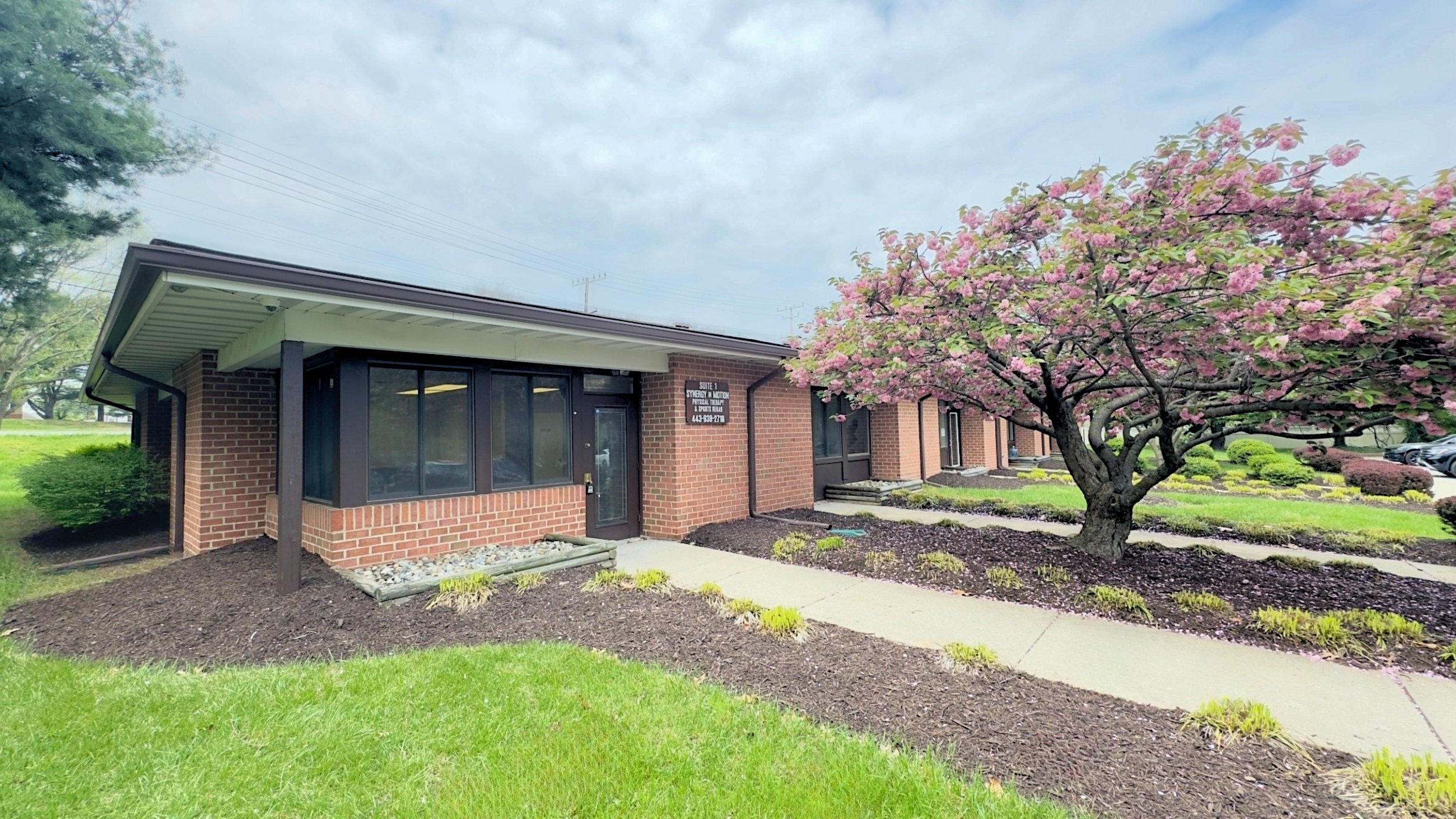
Introduction:
Baseball is a beloved sport that requires a combination of skill, agility, and endurance. However, the repetitive motions involved in pitching, hitting, and fielding can place significant stress on the body, leading to injuries that can sideline players and hinder performance. That's where physical therapy comes in. In this blog post, we'll explore the critical role of physical therapy in baseball, focusing on its importance in injury prevention and performance enhancement. From arm care to core stability, physical therapy offers baseball players the tools they need to stay healthy and excel on the diamond.
Understanding the Demands of Baseball:
Baseball is a sport that demands precision and power, with players engaging in a variety of dynamic movements throughout the game. Some common injuries in baseball include:
1. Shoulder Injuries: Rotator cuff tears, labral tears, and shoulder impingement are prevalent among pitchers and position players due to the repetitive overhead throwing motion.
2. Elbow Injuries: Pitchers are particularly susceptible to elbow injuries such as ulnar collateral ligament (UCL) tears, commonly known as Tommy John injuries, as a result of the high velocity and repetition of pitching.
3. Low Back Pain: The explosive rotational movements involved in hitting and fielding can contribute to low back pain and lumbar spine injuries.
4. Ankle and Knee Injuries: Base running and fielding maneuvers can lead to sprains, strains, and ligament injuries in the lower extremities.
The Importance of Physical Therapy:
Physical therapy plays a crucial role in addressing the unique physical demands of baseball and supporting players throughout their careers.
Here's why physical therapy is essential for baseball players:
1. Injury Prevention: Physical therapists assess players' movement patterns, biomechanics, and strength imbalances to identify areas of vulnerability and implement targeted injury prevention strategies. Through exercises focusing on shoulder stability, core strength, and lower body mobility, physical therapy helps reduce the risk of common baseball injuries.
2. Arm Care and Rehabilitation: For pitchers, arm care is paramount to maintaining arm health and preventing overuse injuries. Physical therapists prescribe specific exercises to improve shoulder and elbow strength, flexibility, and endurance while also addressing any underlying issues that may contribute to pain or dysfunction.
3. Biomechanical Analysis: Physical therapists utilize advanced technology and motion analysis tools to evaluate pitching mechanics, hitting technique, and fielding movements. By identifying faulty mechanics or inefficiencies, therapists can implement corrective exercises and drills to optimize performance and reduce injury risk.
4. Functional Strength and Conditioning: Baseball requires a unique blend of strength, power, and agility. Physical therapists design individualized strength and conditioning programs that target the specific demands of the sport, focusing on improving explosiveness, agility, and endurance while minimizing the risk of injury.
5. Rehabilitation and Return to Play: In the unfortunate event of an injury, physical therapists play a crucial role in the rehabilitation process, guiding players through a comprehensive recovery program aimed at restoring function, mobility, and strength. With a focus on progressive exercises, manual therapy techniques, and sport-specific drills, therapists help players return to the field safely and confidently.
Practical Tips for Baseball Players:
In addition to seeking professional physical therapy support, baseball players can take proactive steps to protect their health and enhance their performance:
1. Prioritize Proper Mechanics: Focus on sound pitching, hitting, and fielding mechanics to minimize stress on the body and maximize efficiency.
2. Listen to Your Body: Pay attention to signs of pain, fatigue, or discomfort, and address them promptly to prevent more serious injuries.
3. Maintain Conditioning: Incorporate strength training, cardiovascular conditioning, and flexibility exercises into your training regimen to build a strong foundation and reduce the risk of injury.
4. Warm-Up and Cool Down: Always warm up before practices and games with dynamic stretching and activation exercises, and cool down afterward with static stretches and foam rolling to promote recovery and flexibility.
5. Rest and Recovery: Allow adequate time for rest and recovery between games and training sessions to prevent overuse injuries and promote long-term health and performance.
Conclusion:
In baseball, physical therapy isn't just about treating injuries; it's about optimizing performance, preventing injuries, and keeping players on the field doing what they love. By incorporating physical therapy into their training regimens and adopting proactive injury prevention measures, baseball players can enhance their overall health, reduce the risk of injury, and maximize their potential on the diamond. Whether you're a weekend warrior or a professional athlete, investing in physical therapy is an investment in your longevity, success, and enjoyment of the game.
The Importance of Physical Therapy in Baseball: Injury Prevention and Performance Enhancement


